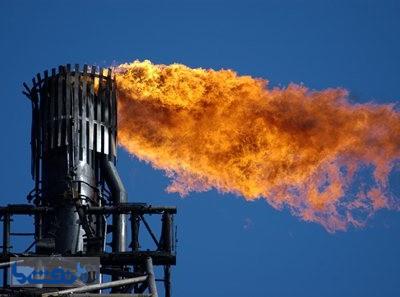
Natural Gas Compositions Millions of years ago, natural gas and crude oil were formed by the decomposition of plants and animal carcasses at the bottom of ancient seas and oceans. Most of these organic materials decompose (oxidize) in the air and enter the atmosphere.
But before decomposing, the other part was buried or entered in stagnant and deoxygenated waters and prevented from oxidizing. Natural gas is mainly composed of methane (CH4), the simplest type of hydrocarbon, and more complex and heavier hydrocarbons such as ethane (C2H6), propane (C3H8), and butane (C4H10).
Meanwhile, ethane gas in some fields makes up a significant percentage (up to about 10% or slightly higher). While heavier gases contain very small components in the composition of natural gas, compounds such as H2S, CO2, N2 are also found along with natural gas, the percentage of which is different in different tanks and even in different parts of a tank.
Also, water is always associated with natural gas extracted from tanks, which in refineries in a section called dehumidification unit, water and disturbing compounds that reduce the calorific value of the gas and also cause problems in the transmission and consumption of natural gas. They are separated and then the gas is delivered to the transmission lines and finally to the consumers.
